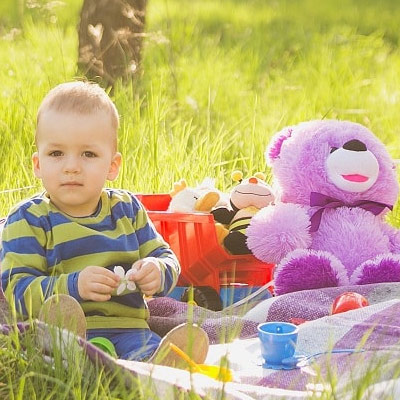Every person has strengths and weaknesses. For example, some people are born communicators, while others struggle to connect with their peers. As a parent, you must assist your child with becoming an effective communicator, even if he or she can be classified as “shy” or as an “introvert.” This does not mean you should change your child’s given temperament- introverts are great thinkers! It just means you should assist your child in understanding both verbal and non-verbal communication, and to use it to his or her advantage.
LISTEN UP!
One way to teach communication: attentive listening. That’s right. Just listen. A parent should vow to model effective listening behaviors. This means putting down your cell phone or computer when your child wants to talk. (No half dazed looks and no meaningless “yes, dears” allowed!) Actively listen to your child. Doing so will teach him or her that listening is part of effective communication.
LOOK AT ME!
It can be scary to look into a stranger’s eyes; however, a child must learn to be able to do just that. Discuss the importance of acknowledging someone new with eye contact instead of looking away. We’ve all been there. We meet someone, and he looks off into space. Immediately you feel uneasy, as you don’t know the reason why he can’t look at you. Do you have ketchup on your chin leftover from lunch? Does he think you aren’t worth his time? While it may be hard for your child to keep steady eye contact with new people, tell her that with practice she will be able to complete this necessary communication task with ease.
SMILE!
As an introvert, I feel drained after meeting a large number of new people in one setting. That does not mean I don’t like people; it means that being social takes energy. While in these circumstances, I can easily re-charge by listening and smiling to the group. Children may not realize the power of a simple smile. Even if one doesn’t know what to say, or is out of energy, a smile will foster healthy communication.
HOLD YOUR HEAD HIGH!
Children need to be taught to carry themselves with confidence. For instance, my first born had to be shown how to walk with his shoulders back and his head held high. An introvert like his mother, meeting new playmates exhausted him. He would scoot by his new peers on his tip toes with his head dipped low to avoid losing any more energy. Once I taught him to walk tall while smiling broadly, he could interact much more easily. This exercise is the beginning of helping a child to understand the concept of non-verbal communication.
USE “I” MESSAGES
Children need to be taught “I” messages early. Instead of saying something like, “You always get to go first, Megan!” she should say, “I feel sad that you always run to the front of the line, Megan.” Framing feelings in this way naturally fosters better communication, especially of hurt feelings.











